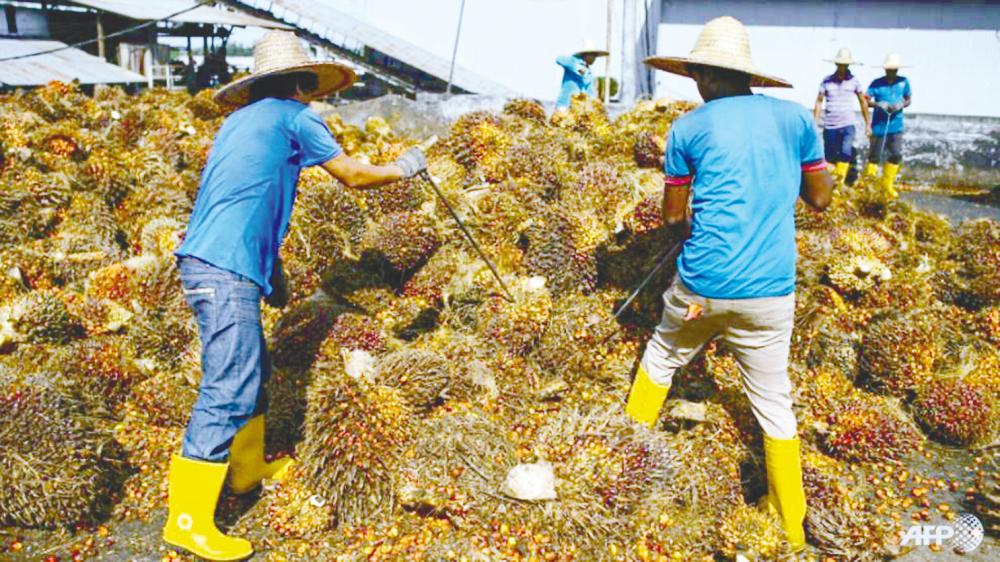PETALING JAYA: Prices of edible oils are expected to peak in the next four weeks as there is a high possibility of them coming under pressure in April-June and July-September this year, according to ISTA Mielke GmbH (better known as Oil World) executive director Thomas Mielke.
In the past 12 months, he said, global production deficit, low stocks, higher-than-expected consumption of biofuel have resulted in a 70% premium above the five-year average for Oil World’s price index.
“Oilmeal prices initially also strengthened during October-December 2020, but came under pressure owing to weaker demand for the oils,” he said in his paper titled “Global Supply, Demand & Prices of Edible Oils – Outlook 2021” at Bursa Malaysia’s Palm and Lauric Oils Price Outlook Conference & Exhibition on Wednesday.
Against this backdrop, Mielke pointed out that palm oil prices had rallied to a nine-year high earlier this year, as palm oil consumption for biodiesel and hydrotreated vegetable oil (HVO) remained high at 17.3 million tonnes in 2020.
Last year, he said, the oil saw a 23% growth in consumption and further growth is likely this year.
“Global palm oil stocks at the moment are at a multi-year low and represent only 15.6% of annual usage, providing reason for prices going to the roof as we had experienced in the past,” Mielke explained.
Last year, palm oil emerged as the most important vegetable oil, accounting for 32% of the world’s production of 17 oils and fats, followed by soyoil at 25%.
Moving forward, Mielke does not expect the recovery in oil production in the current season to return to the levels of two years ago,
“For the next 5-10 years, we expect the growth in the world palm oil production will slow by 20-25%. Supply and demand changes of palm oil and soyoil are key price determinant factors for edible oils,” he said.
Mielke estimated that, this season, Indonesia will increase its production capacity by 3.3 million tonnes while Malaysia’s production is expected to decline by 500,000 tonnes.
He highlighted that labour is a primary concern for palm oil production, ahead of other issues such as weather, fertiliser usage and planting activities. “The decline will be even greater if the labour problem is not solved soon.”
This year, he projected Malaysia’s refined, bleached & deodorised (RBD) palm olein to average US$950 a (RM3,923) tonne, a discount against the US$1,000 a tonne average expected for Argentina’s soyoil.
In the coming months, palm oil prices are expected to be supported by tight fundamentals which will limit downward potential.
On the whole, Mielke surmised that the supply tightness witnessed in edible oils is nearing an end.
“Uncertainties around this tightness will hinge on weather, China’s policies in terms of import levels and reserve stocks, the Covid-19 vaccine rollout and various governments’ decisions on export restrictions meant to curb domestic food price inflation.”
As for the other edible oils, Mielke forecast soybean production to rise by 25 million tonnes this year and a slight recovery in rapeseed and canola, while sunflower seed will rebound by about six million tonnes under normal weather conditions.
However, he said, it may take longer to replenish global stocks of vegetable oils, and thus efforts will be hindered by a slower-than-expected increase in palm oil production.















